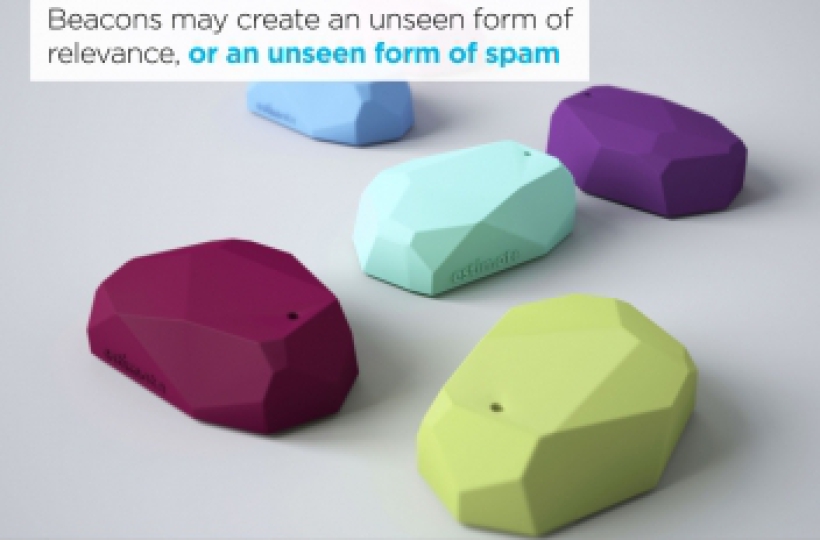From co-creation to collaboration

Today is the last post in our series on structural collaboration based on the study of Tom De Ruyck and myself. We would like to close off with some thoughts and conclusions.
Need for a change in internal implementation processes
Collaboration should lead to decisions which are taken through a cooperation of the market and your company. The proof of structural collaboration is in the implementation of the ideas. In order to succeed in this crucial step, there is a need to change the internal decision streams. The challenge is to integrate consumer feedback and input into every phase of the decision cycle.
Remember that structural collaboration does not come overnight. It starts with a try-out fitting with the existing culture. Make sure that as from the start you know what your next step will be. In other words: it is important to start with a try-out, but it is equally important to start with a long-term view. Make sure you know where you’re going. After the try-out, it is a matter of including collaboration into projects where the fit feels right. People (internally and externally) get bored rapidly. Make sure you have a flow ready in your collaboration process to keep the conversations going. Plan but leave room for flexibility. Once you will have completed a number of successful collaboration projects, the possibility to move on to structural collaboration will arrive.
Make sure that, along the way, you take into account these last tactical tips to make collaboration work:
- Have clear objectives in each collaboration project. Make sure you don’t collaborate just for the sake of it. To get the feedback of consumers in the decision flow, the objectives have to be very clear and in line with the business goals.
- Involve all stakeholders early in the process. The more departments are involved at the beginning of the process, the better. In order to integrate the collaboration flow in the decision flow, it is crucial to have a buy-in from the relevant teams.
- Manage expectations. Collaboration won’t bring in the next big idea for your company. Customers are great sparring partners, but you shouldn’t set the expectations too high. Make sure that during the integration of their feedback in the decision flows, everybody is aware of what to expect from the collaboration.
- Have a community manager. Make sure you have somebody assigned to manage the community. This person is responsible to manage the conversation with participants of the collaboration process and to share the insights internally. He or she brings the consumers’ voice to life within the company.
- Create internal and external credibility. By delivering results and integrating the voice of the customer in your decision flows, you will gain credibility among the participants of the collaboration platform. Credibility among employees will also grow as they will see that collaboration adds value. Marketing your collaboration efforts is not a bad thing, but should not be the only thing.
Hope you enjoyed these insights about structural collaboration! Not an easy challenge for companies. However, if you pledge to become a consumer-centric company, there is only one way to make it happen: bring the consumer in your boardroom and your decision flow.
[slideshare id=12824051&doc=collaborationpaper-120507003730-phpapp02]